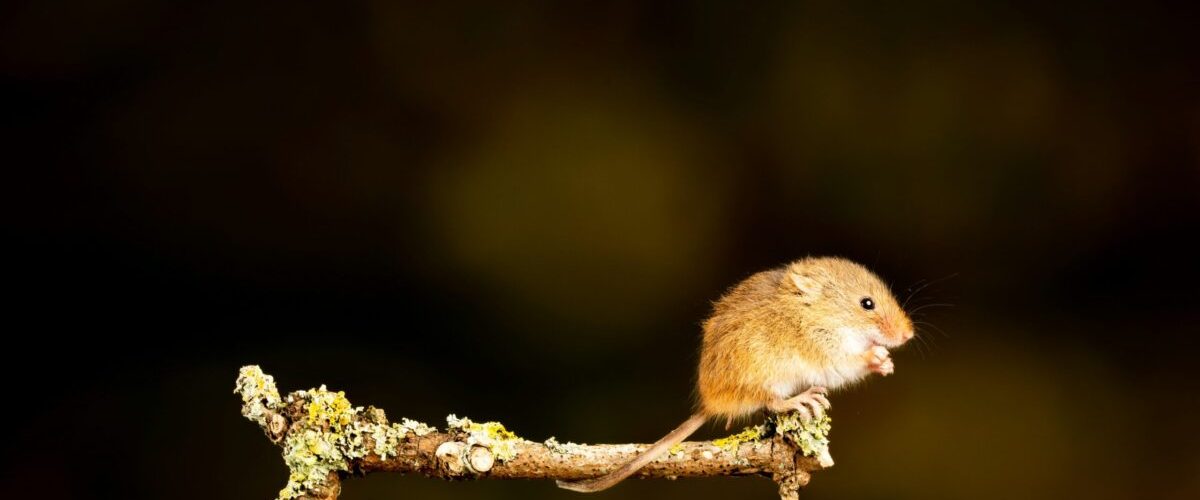
Having big goals can be inspiring. Napoleon famously quipped “A leader is a dealer in hope.” He urged his people to aim for the impossible to achieve the maximum.
Apparently, this is effective in politics. But what about in science?
I guess if you are running a biotech business you need to generate revenues from investors quickly, so you might be tempted to talk things up.
The biotech company Colossal which champions “de-extinction” has recently announced that it has genetically engineered a “Woolly Mouse” – editing seven Woolly Mammoth genetic sequences into live mouse embryos. They talk about bringing back the Woolly Mammoth, the Dodo, and the Thylacine in the next few years.
Their website announces “EXTINCTION IS A COLOSSAL PROBLEM FACING THE WORLD. And Colossal is the company that’s going to fix it.”
Colossal has some brilliant minds. Perhaps some of them wince when they read press releases. But maybe Trump was right “a little hyperbole never hurts”.
But to me science is ‘the long game’, and especially publicly funded university science. In politics vaunting rhetoric to galvanise the public may be acceptable, but I would worry if serious scientists employed by universities started to believe that a little hyperbole never hurts. I think it would threaten the public credibility of science.
Let me explain why I am so certain that we won’t be seeing any woolly mammoth resurrections in the next few years. It’s because genomes are massive and they vary between species. The idea seems to be to convert an elephant genome into a mammoth’s. But you’d have to make millions of specific changes. To produce their “Woolly Mouse” Colossal made just 7 such changes to alter the fur.
A colleague of mine changed fur genes affecting mice in the 1990s. Such changes can be tolerated since fur is largely independent of complex body systems, but once you start on core functions like metabolism or development the complexities and problems introduced by changes grow.
But there’s more. Scientists have decades of experience working with mice in laboratories and mice breed every few weeks. But now think about elephants. You can’t fit an elephant into a test-tube. In terms of manipulating embryos, the gestation period of an elephant is 2 years. So, to reach a target of delivering something approximating a mammoth in 2028, you’d have to be ready by 2026. Thylacines and Dodos will be hard too. I don’t believe that we know enough about their reproductive physiology or have the right starting points or experimental systems to deliver rapid progress.
To me the recent claims of substantial victory are problematic. If you add some fur genes to a mouse, is it really a Woolly Mouse? Say you want to convert the city of Darwin into Paris. Even if you put an exact replica of the Eiffel Tower in Darwin – you haven’t recreated Paris. There is now a sort of replica of the London Eye in Melbourne, but that has not turned Melbourne into London, and no one is saying it has.
But shouldn’t one dream and hope a little in science? Some technologies do take off at rapid speed. Consider manned flight – it was only a few decades after the Wright brothers limped into the air that commercial flights became a reality.
Biology is different. The complexity keeps defeating us. That’s why decades after Dolly the Sheep was cloned, we aren’t overwhelmed by clones on the farm, or in pet shops, or in any clinic. It’s just too hard.
But that doesn’t mean we can’t hope to achieve anything. In town planning it is possible to add some great new buildings or repair potholes on the road or to fix a bridge that has fallen down.
In terms of human health, nearly 10 percent of the world’s population inherits some form of genetic disorder, frequently without knowing – because some problems only show up with age. What we know, and what the Woolly Mouse reminds us, is that we are on the verge of being able to repair these genetic potholes!
For example, more than 10 million people across the world have mutations that affect their blood – called hemoglobinopathies – and many live with lifelong debilities and with pain. The first CRISPR gene therapy for hemoglobinopathies, Casgevy, has already been approved. It is prohibitively expensive at present ($2M per patient) but I dream that the costs can come down.
Treating genetic disorders will be a long game. My lab has worked on hemoglobinopathies for decades and we’re now seeing progress. Little by little medical research does improve lives. I can’t say that de-extinction will ultimately prove to be impossible, or that it inevitably entails insurmountable ethical or environmental risks. However, I would worry if the hyperbole – especially around the timelines – spilled over and everyone started to feel the pressure to announce that translation of their research was imminent.
Quicks wins are great, and biotech companies face great pressures, but deep long term science funded by stable governments remains the best bet for solving big and complex problems. I would love to see a Woolly Mammoth but until I do I’ll remain focussed on incrementally inching forward along the long and difficult paths and trying to support my colleagues to explain why sometimes good science takes time.
